| The 31 billion USD wood pellet pie, what can Vietnamese businesses do to win a share? What room is there for Vietnamese wood pellet exports? |
Reasons for the decline in wood pellet exports
According to the Vietnam Timber and Forest Products Association, in 2022, Vietnam exported wood pellets worth over 787 million USD, an increase of more than 90% compared to 2021. However, in 2023, with factors affecting the import market, it is forecasted that Vietnam's wood pellet exports will decrease by about 15 - 17% compared to 2022.
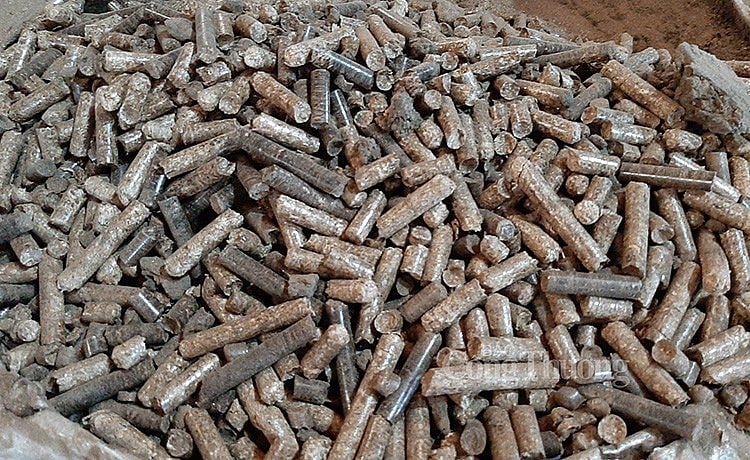 |
| In 2023, wood pellet exports are expected to decline by 17% compared to last year. Photo by Nguyen Hanh |
As a company that produces pellets for export to the Japanese market, Mr. Le Van Tuyen - Director of Cam Lo Energy Pellet Factory (Quang Tri) - said that if last year the market situation was "quite good", this year is the opposite, sales are very slow. Although orders have been signed, customers are delaying the pick-up of goods.
The reason is that last year, this market imported more goods than needed, there was still a lot of inventory, not used up. The warehouses in Japan were full, they did not know where to put the imported goods. In addition, through discussions with some customers, it was known that some factories converted from thermal power plants burning other materials such as coal, etc. to pellets. This conversion has not been smooth, the situation of factories still having problems, so they had to stop to handle the problem.
“Currently, the price of wood pellets is at 140 - 145 USD/ton for newly signed contracts, while for previously signed contracts, this price is only around 130 - 140 USD/ton. Notably, there was a time when the export price of wood pellets dropped to 100 USD/ton, down nearly half compared to the peak in 2023,” said Mr. Le Van Tuyen. said.
Similarly, according to Mr. Nguyen Van Hien - Director of Tam Phuc Gia Lai Company, the company previously exported to Korea, but could not compete with Russian goods. The price of tablets exported to Korea is very low. Currently, the selling price is 120 USD, while the cost price is 125 - 130 USD, there are few orders, and the market situation still lacks positive factors.
According to some export enterprises, the decrease in the amount of Vietnamese tablets exported to the Korean market is not due to a decrease in demand in this market, but because Korean enterprises import tablets from other sources, including Russia.
Diversify customer files, seize market opportunities
Vietnam, the world's second largest exporter of tablets, exports over 95% of its tablets to Japan and South Korea.
It is estimated that the wood pellet industry currently has the participation of 400 - 500 enterprises participating in the production and export trade stages. Of these, there are about 100 enterprises directly involved in the export stage. This means that the majority of enterprises in the industry play a role in production, supplying input products for export enterprises.
Wood pellet exporting enterprises believe that the export market situation will not improve until the second quarter of 2024. That is the forecast, but the reality is unknown. " We also believe that when the consumption rate of Japanese thermal power plants stabilizes, the market will be more positive in 2024 than in 2023," said Mr. Nguyen Van Hien.
The global wood pellet market is expected to reach about 31 billion USD by 2030. Businesses believe that market difficulties are only short-term, in the long term, the potential is still huge. Therefore, diversifying customer base is also the direction that businesses are considering.
“We have also invested in a new factory in Kon Tum with a capacity of 80 thousand tons/year, running since the beginning of the year at 30-40% capacity to wait for market opportunities,” said Mr. Nguyen Van Hien.
Regarding Japanese customers, Mr. Le Van Tuyen said that the company is currently looking for partners and signing long-term contracts of 5-10 years. Regarding prices, the company is also negotiating in the direction of partly floating according to the market, the company will adjust the price according to the market fluctuation by how much % the market fluctuates. However, this has not yet found a common voice with Japanese customers.
Regarding the EU market, according to Mr. Tuyen, the export price to this market will be better than to Korea. However, the EU market has quite strict standards, exporting enterprises face barriers in terms of certification, in addition to FSC, they require standards on social responsibility and many other standards. In addition, Vietnamese wood pellets will face great competition with Russian wood pellets in terms of quality and price. Therefore, to be successful in the EU market, enterprises need to follow the chain, or through trading enterprises.
Policy analyst at Forest Trends said that the sustainability of Vietnam's pellet industry in the future depends on many factors, including market demand and the sustainability of input wood materials.
Vietnam’s pellet industry still has the opportunity to expand its export market, especially in Japan. According to pellet businesses, the demand for wood pellets in Japan will increase 3 times compared to the present.
Pellets exported to Japan require sustainability certification. This is because the supply of pellets made from palm kernel oil (PKS) originating from Indonesia may not be certified and therefore will not meet the requirements of the Japanese market. If this happens, Vietnamese enterprises will have the opportunity to replace the supply of PKS from Indonesia.
In the Korean market, there is not much room for Vietnamese businesses to grow in the future. The size of this market has not changed much. This is a relatively easy-going market, accepting sources of supply with low quality and standards.
According to some Vietnamese enterprises currently exporting tablets to Korea, some major buyers in this market are starting to require evidence of traceability. Therefore, in the next 4-5 years, product traceability requirements may be mandatory when exporting to Korea.
Source link








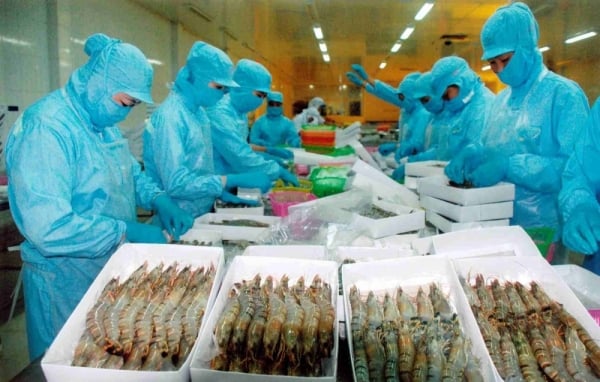
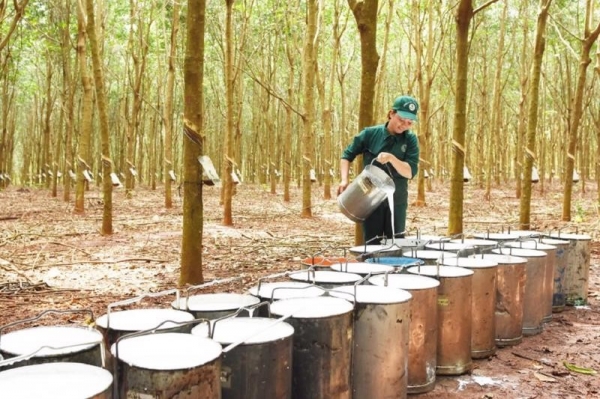
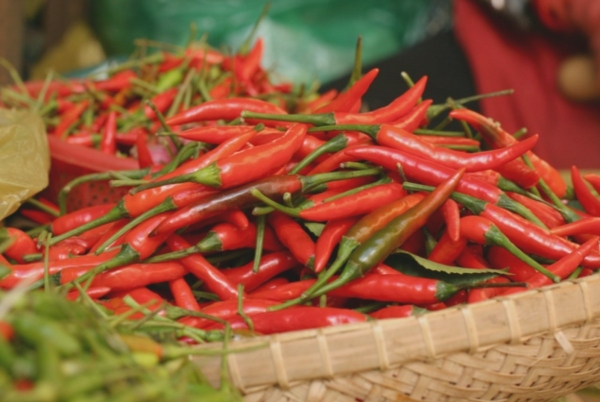

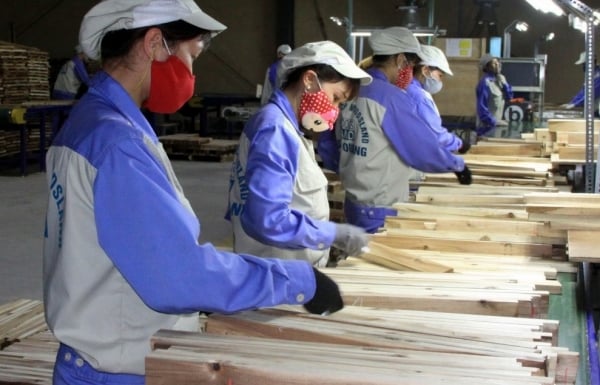
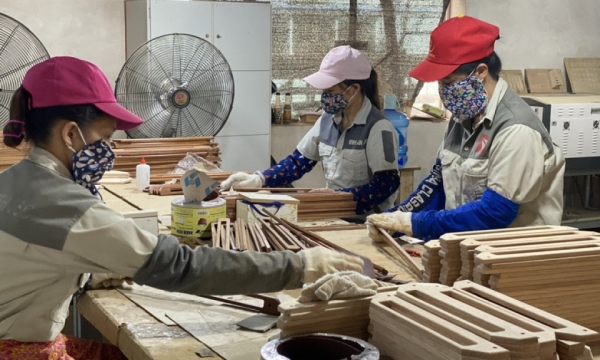
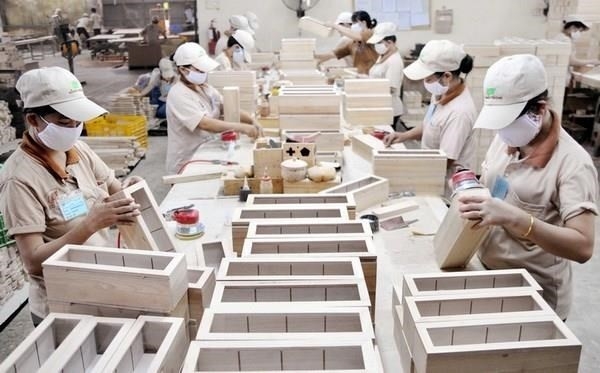
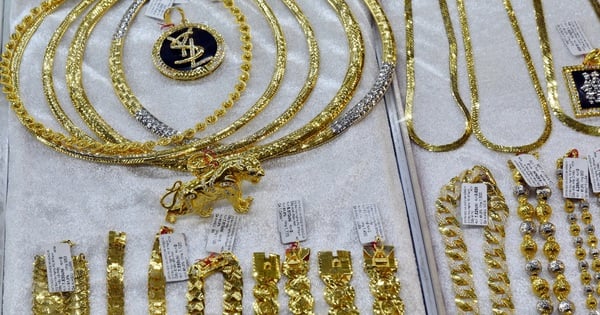

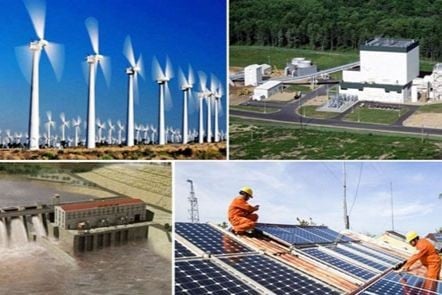

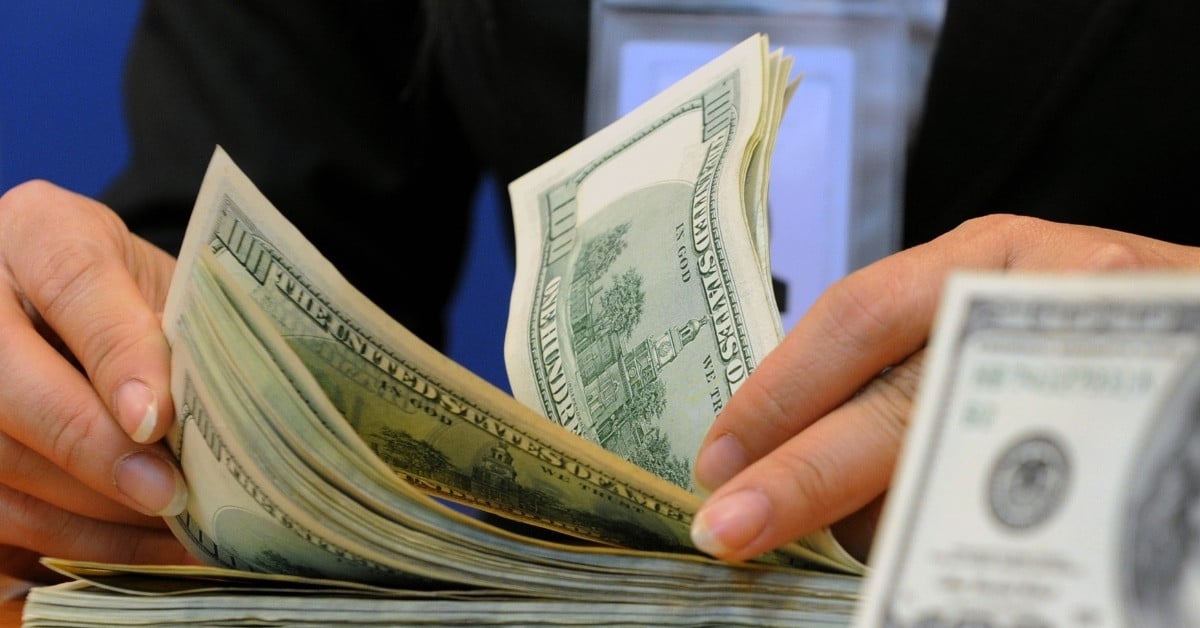







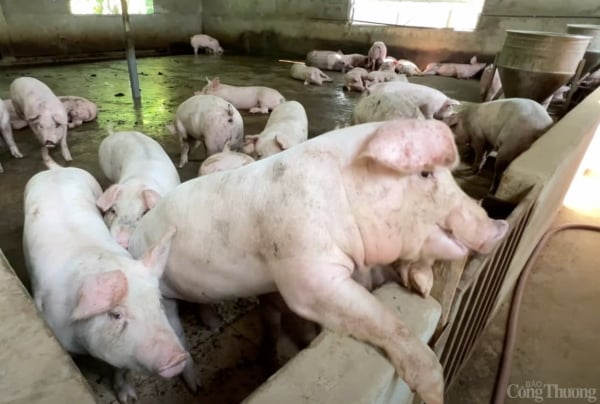
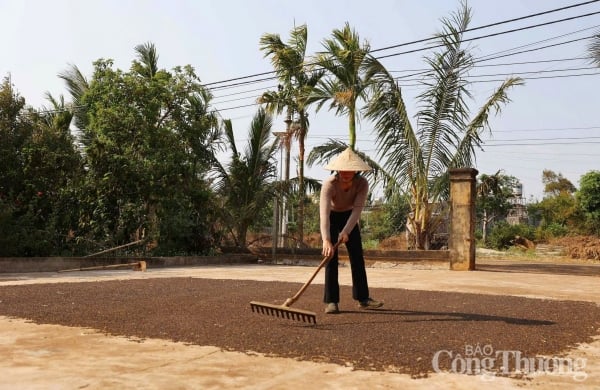
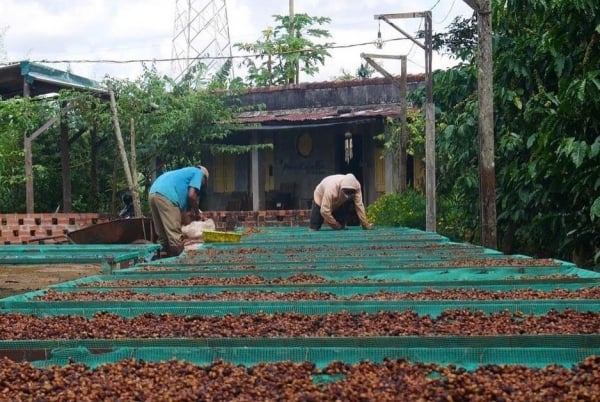









![[Photo] Prime Minister Pham Minh Chinh chairs Government Conference with localities on economic growth](https://vstatic.vietnam.vn/vietnam/resource/IMAGE/2025/2/21/f34583484f2643a2a2b72168a0d64baa)






























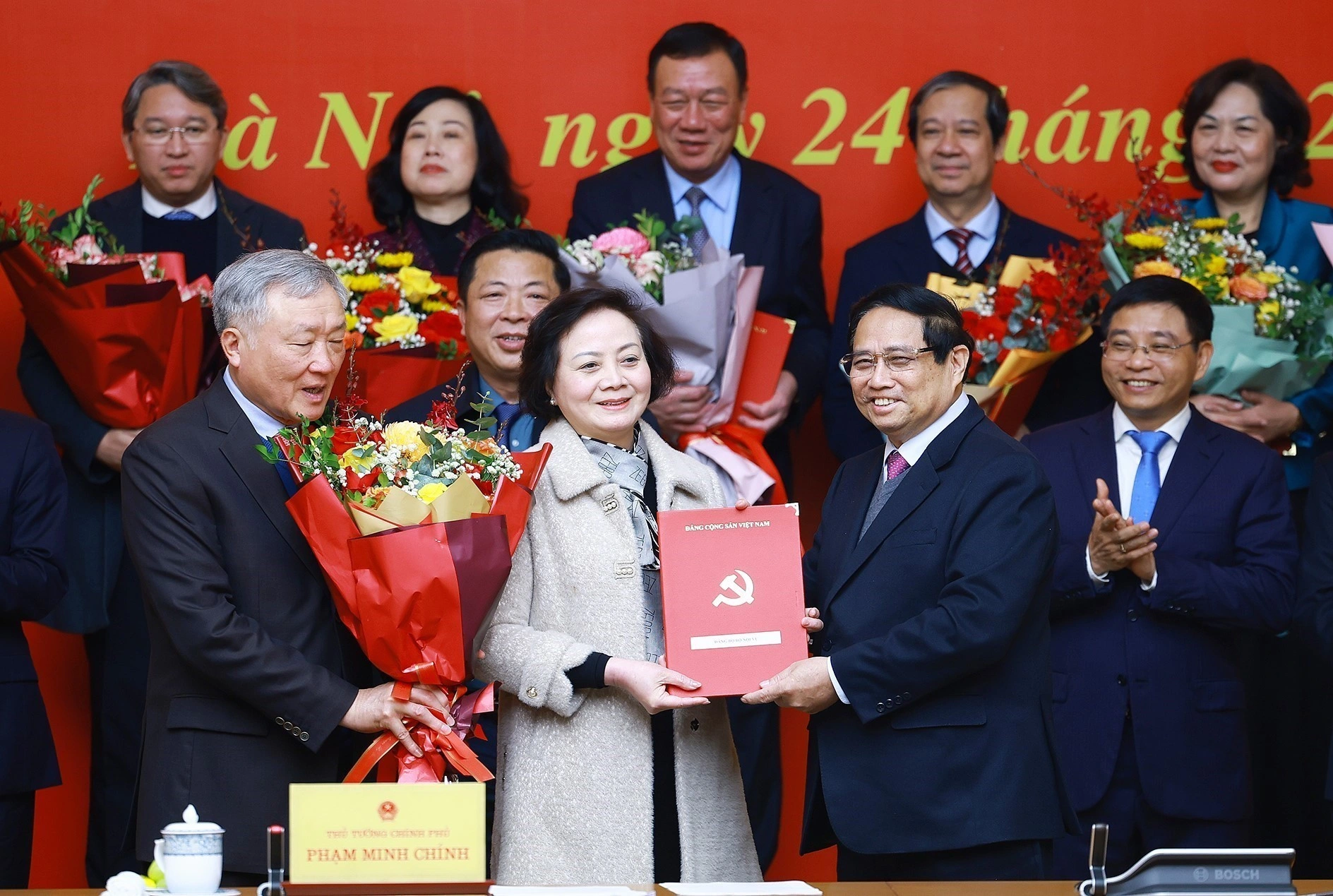
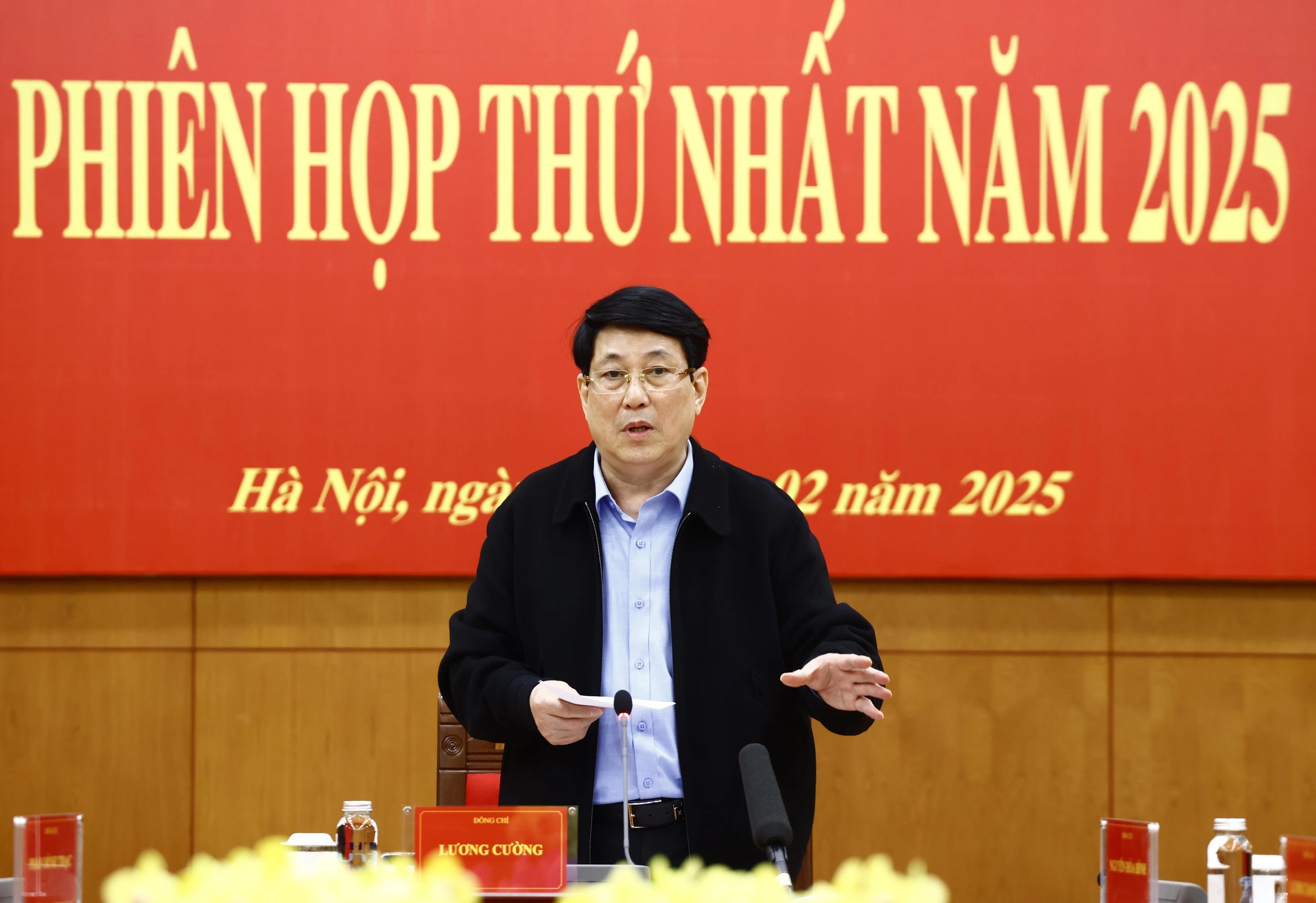


























Comment (0)